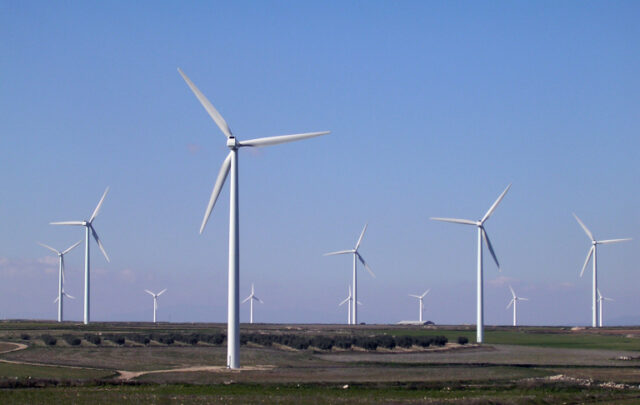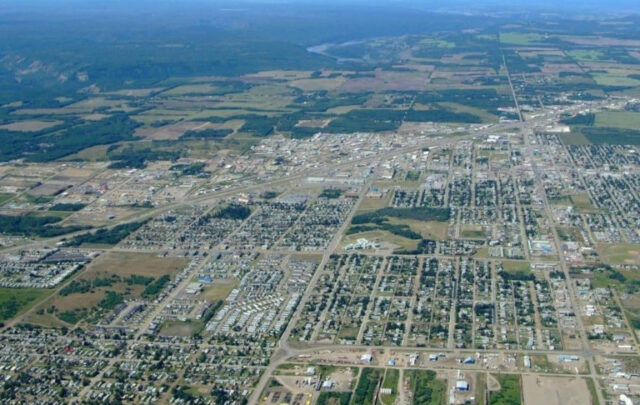NOTE: Images in this archived article have been removed.

Chess image via shutterstock. Reproduced at Resilience.org with permission.
Crude prices have been tumbling lately.
Brent crude, the global barometer, fell below $90/ bbl while WTI has tumbled lower to about $85/bbl. Pundits who extol conventional wisdom have been in a froth. As giddiness about US shale production emerged over the past few years, these pundits proclaimed that the shale revolution would make the world awash in oil but prices would not come down due to geopolitical events. This is a typically narcissistic view. They recently began boasting that the U.S. had now passed Saudi Arabia and Russia to become the world’s largest producer. What they neglected to brag about are the underlying fundamentals of this shale revolution: the junk debt, the deteriorating financials, the rapid depletion of wells and the difficulty of raising capital as large sophisticated investors quietly exit the back door. But perhaps most damning is the comparison of costs with Saudi and Russian projects. This is truly the Achilles heel of US tight oil. An aspect which typical conventional wisdom pundits in the US rarely address. And this has more to do with the decline in crude prices than they care to admit.
The math is really quite simple. If you’re in business to sell hydrocarbons, the point is to extract them at the most cost effective price, have long term supplies that are dependable and then control supply to effectively manage the market price. OPEC is very good at just this sort of model. So faced with the prospect of losing market share to tight oil producers in the US, OPEC has simply taken the most prudent business decision. Keep the taps open. Why? Because U.S. tight oil producers really can’t compete in the global markets in spite of all the hyperbole. Their costs are just too high. And OPEC knows this.
IEA, the International Energy Agency based in Paris which analyzes the global crude markets, stated in a recent report that U.S. tight oil costs an average of ~$85/bbl. Other market analysts put this figure much higher even exceeding $110/bbl. Juxtapose this with the cost of a barrel of Saudi crude which is estimated to cost about $10-25/bbl. Therein lies the problem. In order to protect market share, the Saudi’s have decided to keep producing at current levels. They are still making a good profit whereas the U.S. producers cannot break even with crude below an average of $80/bbl at best.
Bakken and Eagle Ford operators have quickly announced that they will curtail CAPEX in 2015. A little too quickly. Their desperation is showing. They know that OPEC can keep prices low for an extended period of time which will have dire consequences for companies that have been much too willing to assume large amounts of debt on wells that had marginal production profiles. US producers may be bluffing. It would not be the first time that operators had bluffed in the hope that they could stabilize prices. They did it in 2012 when once again they glutted the markets with natural gas and prices plunged. In the end, however, it was revealed that they had not really shut in production at all because their debt levels were too high and they had to meet debt service. This same scenario could very well play out again as tight oil producers are awash in debt.
There are additional problems as well. Based on historical production filed with regulatory entities, both the Bakken and Eagle Ford per well production peaked in mid-June 2010. Although the number of wells has grown significantly, operators have not been able to raise per well production. Moreover, EIA monthly drilling reports show both fields needing in excess of 70% of all new production just to off set declines in older wells. Without a very high crude price, in excess of $85/ bbl, perhaps even higher, drilling will have to be curtailed and production will fall like the proverbial lead balloon. And all the giddy claims will be exposed.
What is perhaps most interesting of all is that these same pundits and industry executives apparently actually thought that OPEC would cut production and keep prices high. Naïveté? Perhaps. Then again, maybe this has been a superb game of chess all along with OPEC members merely biding their time and waiting until US operators had over leveraged their balance sheets, exhausted institutional investor confidence and yet truly believed their own PR.
Only time will tell. In the meantime, those debt payments have to be made.






